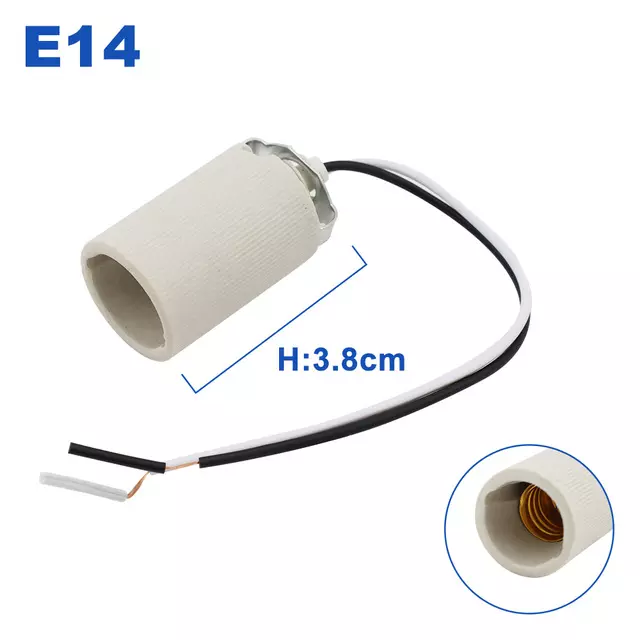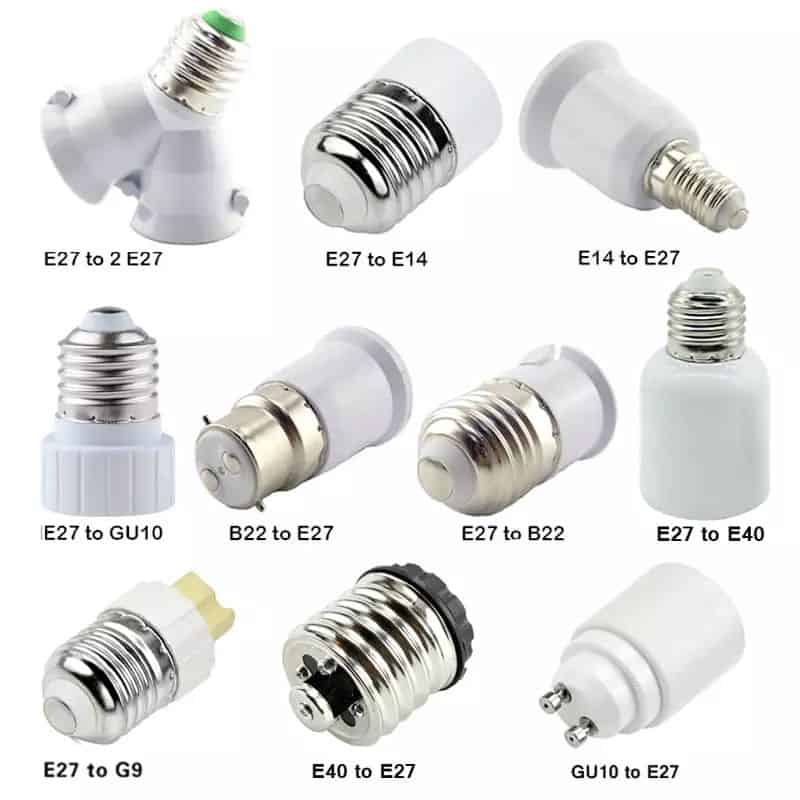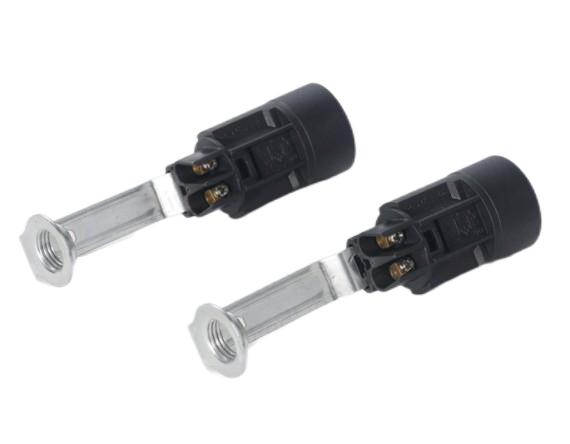A loose light bulb socket in a ceiling fan fixture can cause all sorts of problems, like flickering lights, overheating and safety hazards. Most people ignore this problem because it’s a minor inconvenience. Fixing it can save you from bigger problems later. You can easily secure a loose light bulb socket with a few tools and some simple steps.
To fix a loose light bulb socket in your ceiling fan, turn off power, check wiring, tighten or replace any loose components, and test functionality.
Flickering lights or inconsistent lighting could be a sign of a problem with your light bulb or socket. I’ll walk you through a step-by-step process to fix the issue and have consistent lighting without any problems.

Safety Precautions Before Starting
Before starting any repair work, safety is the top priority. Begin by turning off the power at the circuit breaker to prevent accidental electric shocks. Simply turning off the fan at the switch may not cut all power, so always disconnect power from the main panel. Use insulated tools during repairs, and verify that power is off by using a non-contact voltage tester. Double-checking ensures a safe environment to proceed with the repair and reduces the risk of injury.
Another essential tip for safety is to avoid using any metal or conductive tools directly near electrical connections without insulation. Insulated screwdrivers and voltage testers are ideal for this job, as they reduce the risk of accidental shock. If you feel unsure or uncomfortable with these steps, consider consulting a professional electrician.
Step-by-Step Guide to Fixing a Loose Light Bulb Socket
Start by gaining access to the light fixture on the fan. This typically involves unscrewing or unclipping any cover or glass shade that surrounds the lamp socket, depending on the fan model. Once the fixture is open, ensure you have stable access to the fan without overreaching or straining, as balance is key when working with ceiling fixtures.
Next, inspect the socket closely for visible damage, such as cracks, discoloration, or signs of burning. These issues can indicate heat damage or wear over time, which may necessitate a socket replacement rather than a simple repair. If the socket appears physically intact, you can move on to checking the wiring and securing any loose connections.

Checking the Wiring Connections
Loose wires are a common cause of flickering or malfunctioning light sockets. Use a screwdriver to gently tighten any visible wire connections within the socket, ensuring each wire is properly secured to its terminal. Loose wires can create a weak or unstable connection, which is often the culprit behind intermittent lighting or flickering. If you find any wires that are worn, frayed, or otherwise damaged, it’s essential to replace them rather than attempting to reuse them. Damaged wires can create a fire hazard and should be safely replaced with compatible wiring.
To secure each connection, twist the wires around the screws, and use the screwdriver to ensure that they are tight enough not to shift. This prevents further loosening over time and helps avoid the recurrence of similar issues. With the wires securely in place, you can turn your attention to the stability of the socket itself.
Tightening or Replacing the Socket
After securing the wires, check the screws or brackets that hold the socket within the fan fixture. Over time, these screws can become loose due to vibration from the fan’s operation. Using a screwdriver, tighten any loose screws or mounting components to ensure the socket is held firmly in place. This step reduces socket movement, which helps maintain consistent connections and prevents further loosening.
If the socket is cracked or has structural damage that prevents it from being secured effectively, it may be best to replace it entirely. Replacement sockets compatible with most ceiling fans are available at hardware stores. Follow the fan manufacturer’s instructions to install the new socket, ensuring it matches the original specifications for size and voltage. Replacing the socket ensures long-term stability and reliability in lighting performance.

Testing the Socket
Once all connections are secure, carefully reassemble the light fixture by replacing the cover or shade over the socket. Ensure that everything is positioned correctly and that any screws or clips are securely fastened. After reassembling, turn the power back on at the circuit breaker. Flip the fan light switch to test for stability in the light, observing for any flickering or unusual behavior. A steady, consistent light indicates a successful repair, while persistent flickering may require further inspection of the wiring or socket.
It’s also important to test the fan in operation to make sure there is no vibration affecting the light socket. If flickering resumes only when the fan operates, it could suggest that the fan motor or blade balance needs adjustment, as excess vibration can loosen components over time.
Maintenance Tips for Ceiling Fan Sockets
To keep your ceiling fan sockets in optimal condition, avoid over-tightening light bulbs. Screwing a bulb too tightly can damage the socket’s threads, which may cause it to loosen over time. Instead, gently twist the bulb until it feels snug, without forcing it further. Additionally, avoid using bulbs with wattages that exceed the fixture’s rating, as this can overheat the socket and cause damage.
Regularly inspecting the socket and wiring is also a good preventive measure. Every few months, check for signs of looseness or wear and tear, particularly if your ceiling fan is used frequently. Look for signs of discoloration or charring on the socket, which could indicate overheating, and replace any parts as needed. Taking a few moments to inspect the fan’s electrical components can help you catch and address small issues before they become bigger problems.

Final Words:
Fixing a loose light bulb socket in your ceiling fan may sound scary, but with the right tools and attention to safety, you can do it. Making sure the power is off, checking and securing all the parts, and then testing it will give you steady lighting and peace of mind. Treat the socket gently and do regular maintenance to keep it in good working condition.













